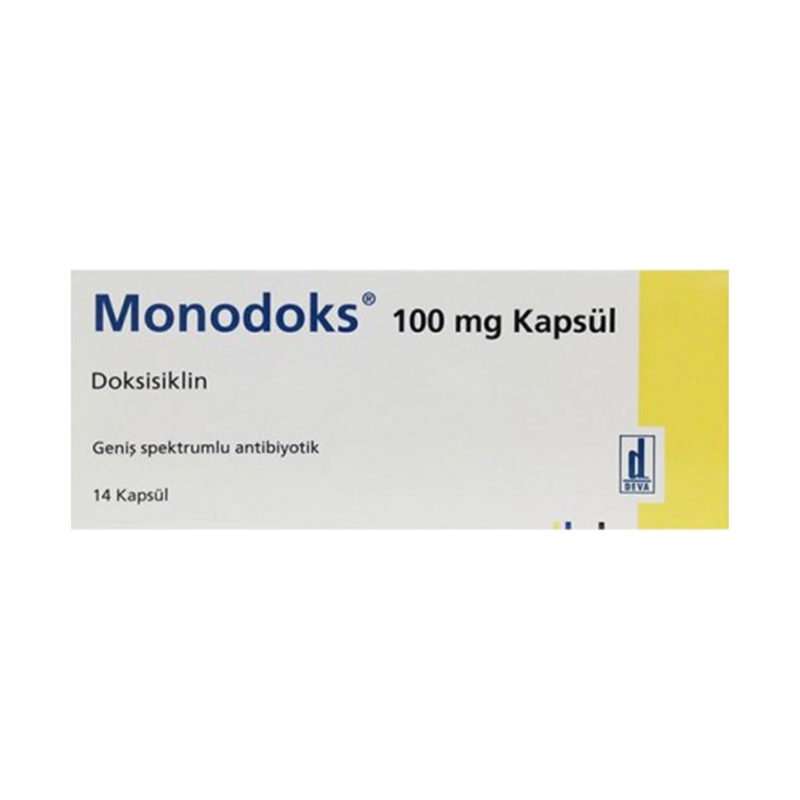Important Announcement: Viruses, Super-Germs, Antibiotics and Silver
Important Announcement: Viruses, Super-Germs, Anti-Biotics and Silver
In these delicate and dangerous times to be forewarned is forearmed. At present needs may dictate that some protection is readily available against the possibility of the release of potent super-germs and viruses such as bird flu. IAS is currently offering a wide range of anti-biotics that may be “kept at the ready” and unsurprisingly demand around the western world is high. Classically most viruses are treated with Ciproxin, Doxycycline, Tamiflu and Tetracycline. The list below is an example of typical protocols:
| Disease | Medication | Dosage for prophylaxis unless specified |
| Anthrax | Ciproxin | 500mg twice a day for 4-weeks |
| Doxycycline | 100mg twice a day for 4 weeks | |
| Bird Flu | Tamiflu | 75mg twice a day for 6-weeks. (prevention- see Influenza below). |
| Brucellosis | Doxycycline | 200mg a day for 6-weeks |
| Cholera | Tetracycline | 500mg every 6-hours for 3-days |
| Doxycycline | 100mg every 12-hours for 3-days | |
| Influenza | Tamiflu | (treatment) 75mg twice a day for 7-days. (prevention) 75mg once a day for 7-days. |
| Plague | Doxycycline | 100mg twice a day for 7-days or duration |
| Ciproxin | 500mg twice a day for 7-days | |
| Tetracycline |
500mg four times a day for 7-days |
|
| Q Fever | Tetracycline | 500mg four times a day for 5-days (start 8-12 days after exposure) |
| Doxycycline | 100mg twice a day for 5-days (start 8-12 days after exposure) |
|
| Tularemia | Doxycycline | 100mg twice a day for 14-days |
| Tetracycline | 500mg four times a day for 14-days | |
| Ciproxin | 500mg every 12-hours for 14-days |
We are also reprinting below an extract of an article written by James South MA in April 1999. To see the entire original article please click here.
Extract of James South Article, April 1999:
“Perhaps the scariest scenario that may present a need for a powerful, broad-spectrum antimicrobial such as Silver (Ag) is the threat of ‘bioterrorism.’ It is now widely expected by biowarfare and terrorism experts that, whether due to small groups of terrorists, or as a form of warfare by ‘rogue’/totalitarian nations such as China, Iran, Libya, N. Korea, Syria or Russia, it is only a matter of time before ‘germ warfare’ is unleashed in Europe or America (10). And if the super-germs released have been produced in sophisticated biowarfare labs, they will probably have been genetically altered to make them resistant to the antibiotics normally used to treat that species of germ – e.g. tetracycline/doxycycline normally used to treat Anthrax (the number 1 favorite of ‘biowarfare warriors’ world-wide) (10). It is interesting to note that silver – both in liquid solution and as an airborne-aerosol – has been known since 1887 to be extremely toxic to Anthrax spores (1,10,11,12). And it is widely reported in the medical literature on Ag that various forms of Ag, often at surprisingly low concentrations, routinely kills germs that are known to be antibiotic-resistant (11,13,19,20).”
“Most antibiotics have an optimal effectiveness against only a few different disease germs; even broad-spectrum antibiotics may kill only 10-20 different types of bacteria. Also, most antibiotics that kill bacteria will not kill fungus/yeasts, protozoal parasites or viruses; antifungal antibiotics will not kill bacteria, viruses, parasites, etc. And virtually all known viruses are immune to virtually all known antibiotics.”
“Ag is unique among antimicrobial agents in its broad spectrum of action. It has been claimed to kill some 650 different disease organisms (13). And unlike antibiotics, Ag is an ‘equal opportunity destroyer’ – it doesn’t discriminate, but effectively kills germs of all major types: gram-positive and gram-negative bacteria, spore-forming bacteria, fungus/yeasts, viruses and protozoal parasites. Ag sulfadiazine is used almost universally in hospitals to prevent serious burn infections (11), but it kills dozens of different bacteria (11,14,16); it also kills 95% of 72 strains of herpes virus (15), as well as the protozoal parasite Plasmodium berghei (malaria) (17). It also kills various yeasts, including several Aspergillus varieties, Mucor pusillus, Rhizopus nigricans and 50 different clinical isolates of Candida albicans (18).”
References:
1) H. Bechhold, Colloids in Biology and Medicine, N.Y.: D. van Nostrand, 1919, pp. 364-76.
10) D. Long & S. Spencer Jones, Bioterrorism: Secrets for Surviving the Coming Terrorist Germ Warfare Attacks on U.S. Cities, Barstow, CA: Life & Health Research Group, 1998.
11) N. Grier (1983) “Silver and Its Compounds” in Disinfection, Sterilization and Preservation, S. Block, ed., Philadelphia: Lea & Febiger, 380-428.
12) I. Romans (1954) “Silver Compounds” & “Oligodynamic Metals” in Antiseptics, Disinfectants, Fungicides and Chemical and Physical Sterilization, G. Reddish, ed., Philadelphia: Lea & Febiger, 380-428.
13) J. Powell (1978) “Our Mightiest Germ Fighter” Sci. Digest, Mar., 57-60.
14) H. Carr et al (1973) “Silver Sulfadiazine: In Vitro Antibacterial Activity” Antimicrob. Agents Chemother. 4, 585-87.
15) T.-W. Chang & L. Weinstein (1975) “Prevention of Herpes Keratoconjunctivitis in Rabbits by Silver Sulfadiazine” 8, 677-78.
16) T.-W. Chang & L. Weinstein (1975) “Inactivation of treponema Pallidum by Silver Sulfadiazine” 7, 538-39.
17) M. Wysor (1975) “Orally-Administered Silver Sulfadiazine: Chemotherapy and Toxicology in CF-1 Mice….” Chemother 21, 302-10.
18) T. Wlodkowski & H. Rosenkranz (1973) “Antifungal Activity of Silver Sulfadiazine” Lancet, Sep. 29, 739-40.
19) T. Berger et al (1976) “Electrically Generated Silver Ions: Quantitative Effects on Bacterial and Mammalian Cells” Antimicrob Agents Chemother 9, 357-58.
20) T. Berger et al (1976) “Antifungal Properties of Electrically Generated Silver Ions” Antimicrob Agents Chemother 10, 856-60.
